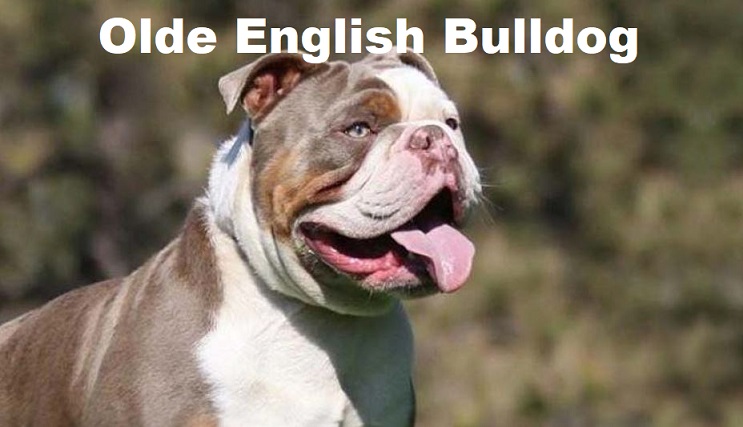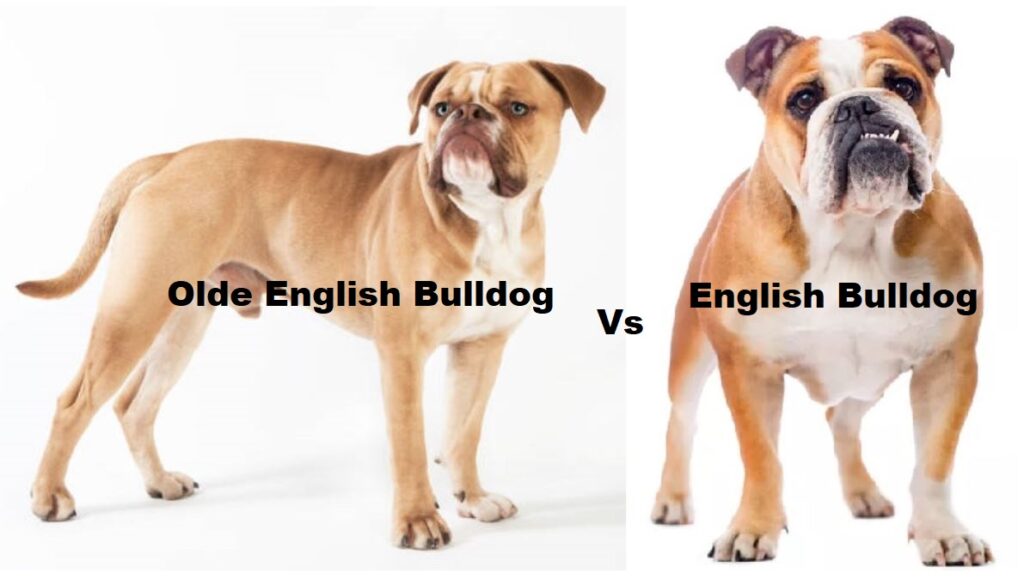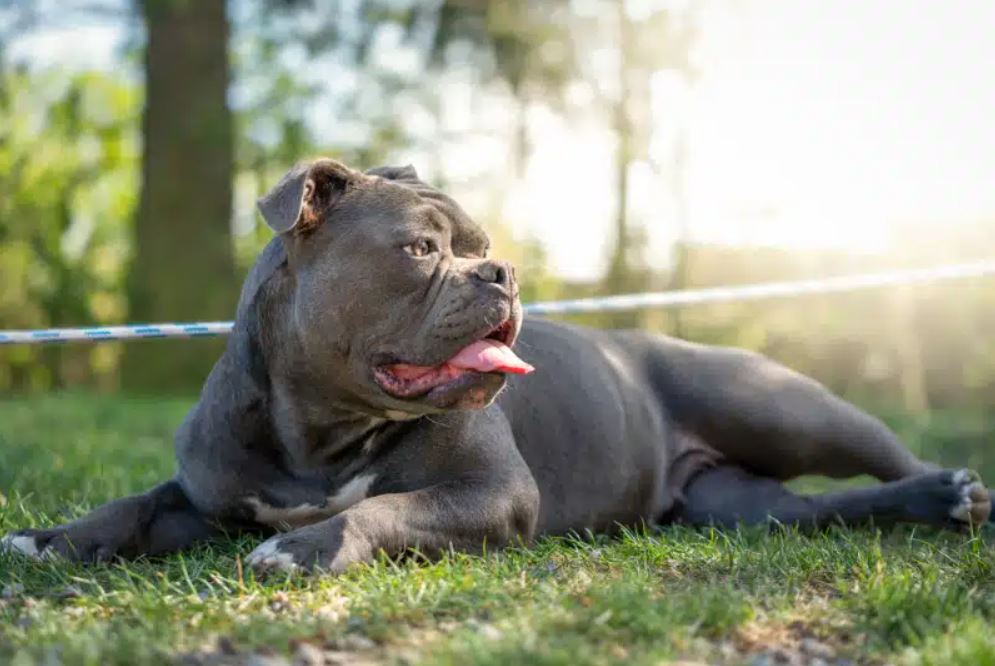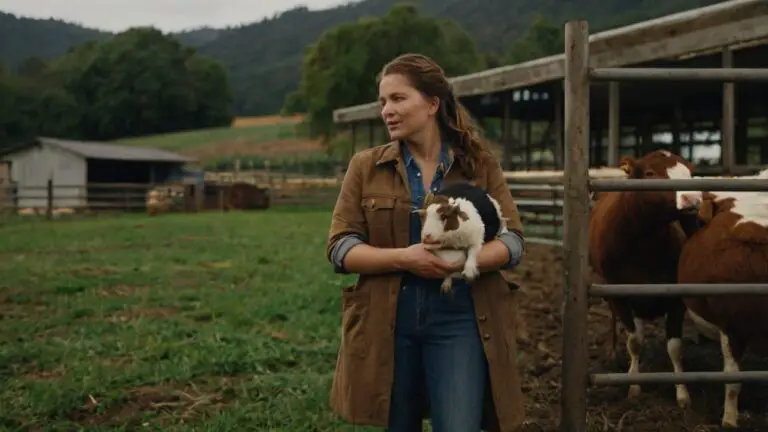Olde English Bulldog: Breed Information and Training Tips

If you’ve ever seen an Olde English Bulldog, you know they’re hard to forget. But beyond their distinctive look, there’s a lot to learn about this breed, especially if you’re thinking of bringing one into your home. But first, let’s settle some confusion: Old English Bulldog vs. English Bulldog.
Jump to Section
Olde English Bulldog or English Bulldog: What’s the Difference?
The Olde English Bulldog is not the same as the English Bulldog you might be more familiar with. They might look similar at first glance, but there are some key differences. The Old English Bulldog was developed in the 1970s by David Leavitt to recreate the robust and athletic bulldogs of the past. In contrast, the English Bulldog, with its distinctive pushed-in face, is more of a modern evolution with its own set of traits and challenges.

Training Tips for Your Olde English Bulldog
These dogs are smart and eager to please, but they can be a bit stubborn. Here’s how to make training a breeze:
Read Also: Can You Register A Dog With AKC And CKC Parents?
1. Start with Basics
- Crate Training: Crate training can be a lifesaver for housebreaking and providing your bulldog with a safe space. Introduce the crate gradually and make it a positive experience with plenty of treats and praise. Crating your Bulldog puppy while you sleep is a smart move. It keeps them out of mischief, stops them from munching on things they shouldn’t, and avoids those pesky accidents. Plus, it gives them a cozy spot to relax, so everyone gets a better night’s sleep!
- Potty train your Bulldog: To keep your home clean and accident-free, potty training is essential. Start by taking your puppy outside to their designated potty spot every hour throughout the day. To help them get the hang of it, also withhold food and water for three to four hours before bedtime. Be sure to give your pup a quick potty break right before you go to sleep and again as soon as you wake up.
- Basic Commands: Begin with basic commands like sit, stay, and come. Keep training sessions short and positive – about 10 to 15 minutes a few times a day. Use treats and praise to reward your dog for good behavior. They’ll quickly pick up on these commands with a little encouragement.
Finally, consistency is the name of the game. Stick to the same commands and routines, and ensure everyone in the household is on the same page. Mixed signals can confuse your bulldog and make training more difficult.
2. Socialization
Expose your Olde English Bulldog to various people, pets, and environments. This helps them become well-adjusted and less reactive to new experiences. Puppy classes or playdates with other dogs can be really beneficial.
For puppies, we recommend the AKC S.T.A.R. Puppy program. With this program, your puppy will learn to be well mannered around other dogs.
3. Exercise and Playtime
While Olde English Bulldogs are not as high-energy as some breeds, they still need regular exercise. Daily walks and playtime will keep them healthy and happy. Just be mindful of their stamina and avoid overheating, especially in hot weather.
Bulldogs also enjoy water, but their body structure makes them poor swimmers. A shallow kiddie pool can be a great way for your Bulldog to have some fun, just make sure you’re there to keep a close eye on them while they play.
Breed Information on Olde English Bulldog

History of the Old English Bulldog
The Old English Bulldog has a rich history that takes us back to England, where they were famously involved in bull-baiting. These strong, determined dogs were known for their role in this now-outlawed sport. Thankfully, the practice was banned with the Cruelty to Animals Act of 1835, marking the end of blood sports and the beginning of a new chapter for this breed.
Physical Characteristics
When you think of an Old English Bulldog, picture a medium-sized dog with a sturdy, muscular build and that classic wrinkled face that just screams “Bulldog.” Their short, smooth coats come in a variety of colors like brindle, fawn, red, or white, giving them a distinctive look. They’ve got powerful jaws, broad shoulders, and strong legs, which makes them as imposing as they are endearing.
Appearance
What really sets Old English Bulldogs apart is their compact, muscular frame. Their bodies are built strong, with well-defined muscles that show off their strength and agility. They’ve got a square muzzle, a characteristic that makes them easily recognizable as true Bulldogs. Their broad shoulders support their solid frame, contributing to their impressive appearance. Whether they’re working or just hanging out with the family, these dogs always stand out.
Size
Old English Bulldogs have a robust build that catches the eye. Males typically stand between 43-51 cm tall and weigh in at 27-36 kg, while females are a bit smaller, standing 41-48 cm and weighing 23-32 kg. Despite their sturdy appearance, these dogs move with a surprising amount of grace. The difference in size between males and females means you can choose a pet that fits your lifestyle and living space perfectly.
Coat Type and Length
One thing to know about Old English Bulldogs is that they shed all year round, with even more shedding during spring and autumn. Their short fur makes grooming easier – no frequent trips to the groomer required. A good brushing routine keeps shedding under control and helps maintain their skin health. I’ve found that regular brushing, especially during those heavy shedding seasons, keeps them looking their best.
Temperament and Behavior
The Old English Bulldog has a warm, friendly temperament that makes them great with kids and other animals. Like any dog, early socialization is key to ensuring they grow up into happy, well-adjusted adults.
General Temperament
These dogs are loving, playful, and always up for family time. Their athletic nature means they shine in canine sports, and they’re known for being reliable companions at home. They bond well with kids and other pets, making them ideal family dogs. With proper training, they behave excellently around both humans and other animals. If you’re looking for a joyful, active dog, the Old English Bulldog is a fantastic choice.
Interaction with Kids and Other Animals
From my experience, Old English Bulldogs are wonderful with kids. They have a gentle nature that makes them fantastic family pets, known for their loyalty and protective instincts. Your kids can play safely under the watchful eyes of these dogs. They also tend to get along well with other animals, especially if they’ve been socialized from a young age. Early socialization helps them understand how to behave around others, making them adaptable to various households.

Potential for Aggression
Now, let’s talk about the elephant in the room: aggression. Yes, these dogs have a history tied to bull-baiting, which might suggest a natural boldness. But here’s the thing—environment, training, and socialization shape their behavior more than any genetic predisposition. With proper training and early socialization, instances of aggression can be significantly minimized. Introducing them to various people, places, and situations early on encourages positive interactions and teaches them appropriate responses.
Does This Breed Get Along With Other Pets?
Generally, Old English Bulldogs get along well with other pets, even smaller ones (though you’ll want to keep an eye on prey animals). Occasionally, they might show some same-sex aggression with other dogs, but with a bit of training, this can be managed.
How Big Do Olde English Bulldogs Get?
Generally, these dogs are more muscular and larger than their English Bulldog cousins. Adult Olde English Bulldogs typically weigh between 50 to 80 pounds and stand about 16 to 20 inches tall at the shoulder. This gives them a solid, athletic build compared to the more compact English Bulldog.
Lifespan of Olde English Bulldog
When it comes to longevity, the lifespan of Olde English Bulldog is a bit longer than that of their English counterparts. On average, Olde English Bulldogs live around 10 to 14 years. This extended lifespan is partly due to the breed’s healthier genetics. In contrast, English Bulldogs usually have a lifespan of 8 to 12 years, often due to the health problems associated with their unique build.
Common Health Problems in English Bulldogs
Speaking of health, let’s talk about common health problems in English Bulldogs. The English Bulldog’s distinctive appearance comes with some health challenges, including:
- Brachycephalic Obstructive Airway Syndrome (BOAS): This condition affects their breathing due to their flat face. The Old English Bulldog, with its less extreme features, usually has fewer problems with this.
- Hip Dysplasia: This genetic condition affects the hip joint and can lead to arthritis, and it’s something to watch for in both breeds.
- Skin Issues: Those adorable wrinkles can trap moisture and dirt, leading to infections. Regular cleaning is necessary.
While the Old English Bulldog is bred with fewer health issues in mind, they’re not entirely immune to these problems. Regular vet visits and good care can help manage them.
Do English Bulldogs Shed?
Yes, English Bulldogs do shed, but not excessively. Their short coat means less fur around the house, but regular brushing will keep shedding under control. The Old English Bulldog has a similar coat and shedding pattern, so you’ll want to brush them regularly as well to keep their coat healthy and minimize loose hair.
Final Thoughts
Whether you’re drawn to the Old English Bulldog for its athletic build or the English Bulldog’s classic look, both breeds offer unique qualities and charm. By understanding the differences between Old English Bulldog vs. English Bulldog, being aware of common health issues, and following some straightforward training tips, you’ll be well-equipped to enjoy a happy, healthy life with your new furry friend.
So, if you’re ready to welcome an Old English Bulldog into your home, you’re in for a wonderful experience. They’re loyal, loving, and sure to bring plenty of joy to your life. Happy bulldog parenting.
Read related posts about





